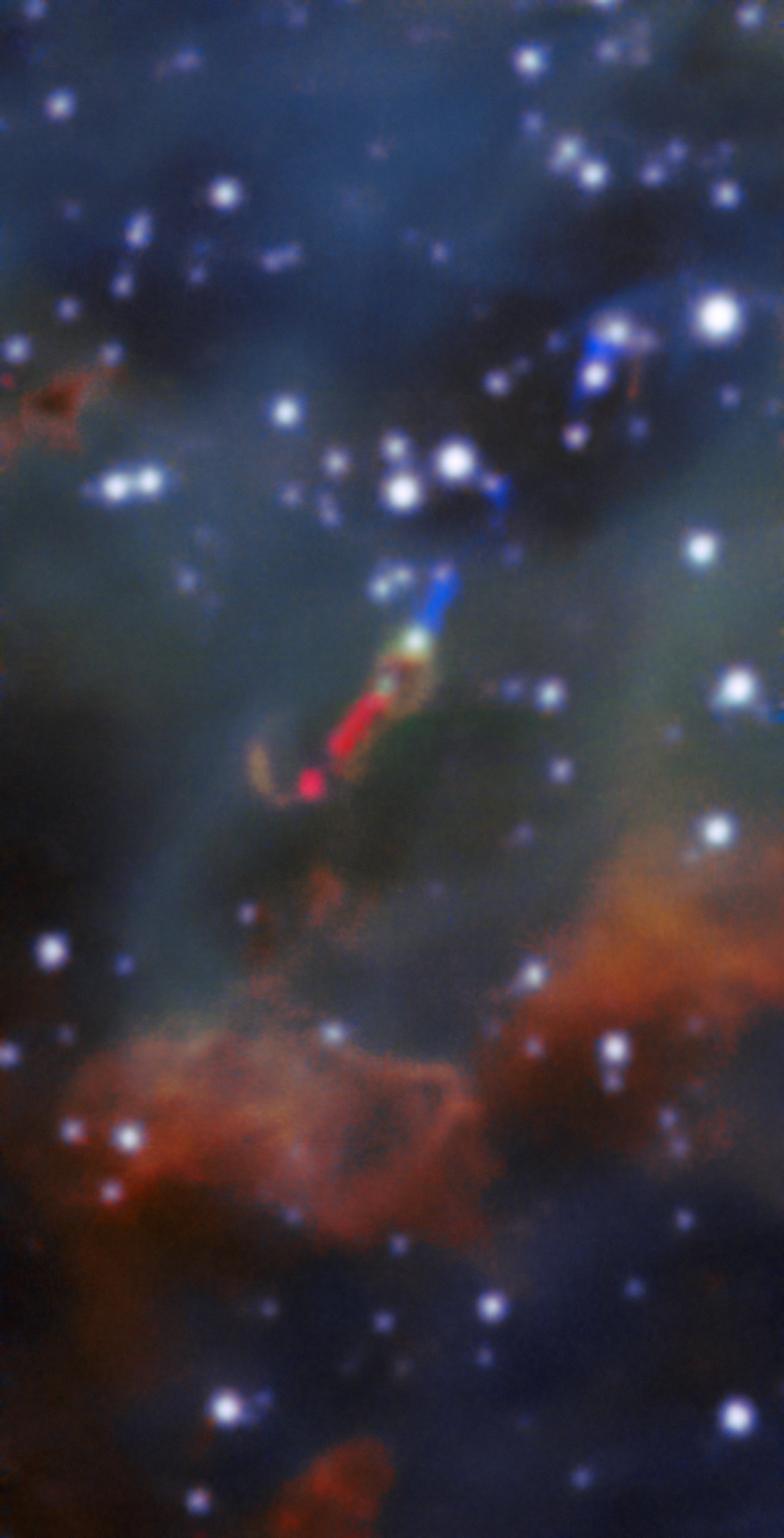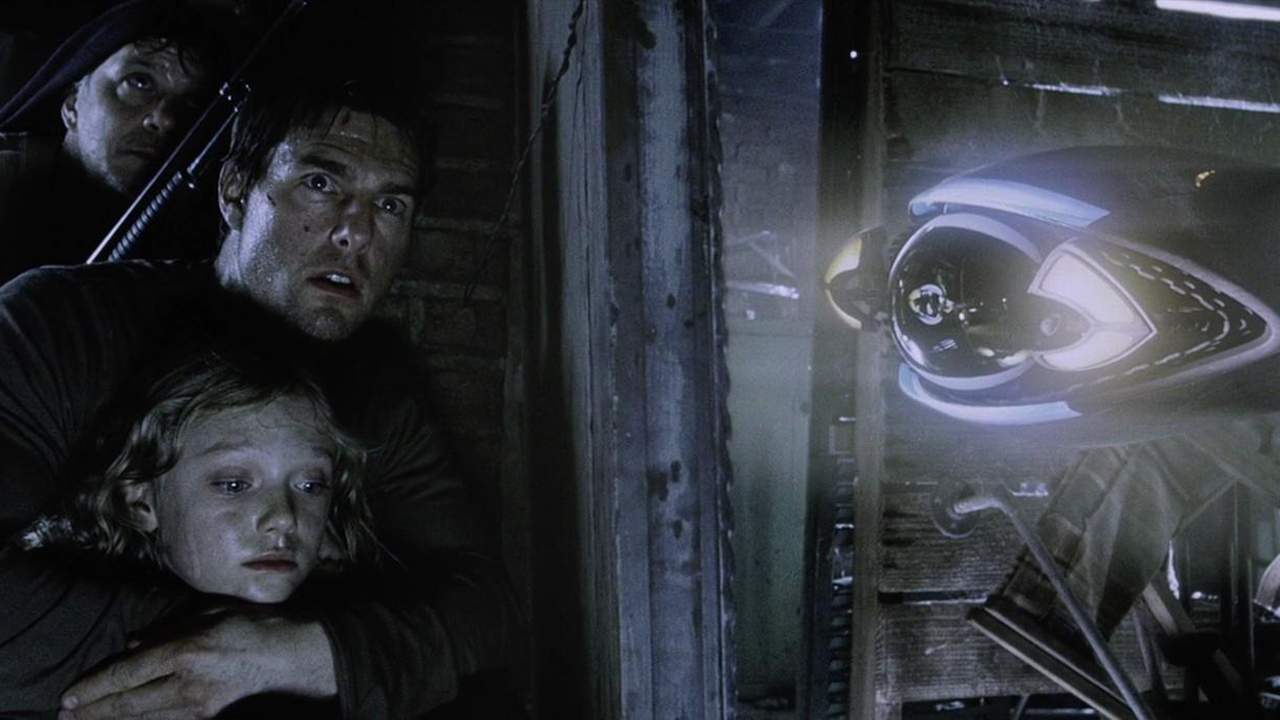These Bubbles of Star Birth in the Milky Way's Galactic Neighbor Look Spectacular!
A beautiful image of the Milky Way's closest galactic neighbor provides insight into how stars form. Deep inside a bubble of star birth, the European Southern Observatory's Very Large Telescope (VLT) has captured an image of a jet of material emitted by a massive young star, the first time such a jet has been observed in visible light outside of the Milky Way.
Only about 160,000 light-years away from Earth, the Large Magellanic Cloud (LMC) is a massive dwarf galaxy making its first orbit around the our larger galaxy. As it falls into the Milky Way edge-on, the LMC's spiral arm faces our own galaxy, giving astronomers the chance to probe star-forming regions. This image reveals LHA 120-N 180B (N180 B for short), a cloud of charged hydrogen that serves as a stellar nursery. Formed from dust and gas, the newborn stars give off light that ionizes the surrounding gas, stripping away its electrons, according to a statement from the observatory. The process has sculpted N180 B into a massive bubble surrounded by four smaller bubbles.

VLT's Multi Unit Spectroscopic Explorer (MUSE) instrument has spotted a jet of material spewing from a giant young star that has about 12 times the mass of the sun and sits tucked deep within the glowing cloud. Known as Herbig-Haro 1717, or HH 1177, the jet is nearly 33 light-years long, making it one of the longest such jets ever observed. Newborn stellar jets are usually obscured by dust, but the relatively dust-free environment of the LMC allowed scientists to make the first visible image of such a jet outside the galaxy.
But HH 1177 makes more than just a pretty picture. Jets like this are associated with the disks of material around their stars. As some material falls into the accretion disk around a star, other material is being shot outward at hundreds of kilometers per second. Herbig-Haro objects reveal where the material interacts with its surroundings to produce hot ionized gas.

Previous observations of low-mass stars revealed jets that did not spread out significantly as they burst from their star. MUSE allowed astronomers not only to measure how much HH 1177 had spread, but also how fast it was moving, results that were comparable with low-mass stars. That suggests that the most massive stars and their smaller counterparts form in much the same way, the new study said.
The new work was detailed this month in the journal Nature.
Follow Nola Taylor Redd on Twitter @NolaTRedd. Follow us on Twitter at @Spacedotcom or on Facebook. Originally published on Space.com.
Breaking space news, the latest updates on rocket launches, skywatching events and more!
Join our Space Forums to keep talking space on the latest missions, night sky and more! And if you have a news tip, correction or comment, let us know at: community@space.com.

Nola Taylor Tillman is a contributing writer for Space.com. She loves all things space and astronomy-related, and always wants to learn more. She has a Bachelor's degree in English and Astrophysics from Agnes Scott College and served as an intern at Sky & Telescope magazine. She loves to speak to groups on astronomy-related subjects. She lives with her husband in Atlanta, Georgia. Follow her on Bluesky at @astrowriter.social.bluesky
